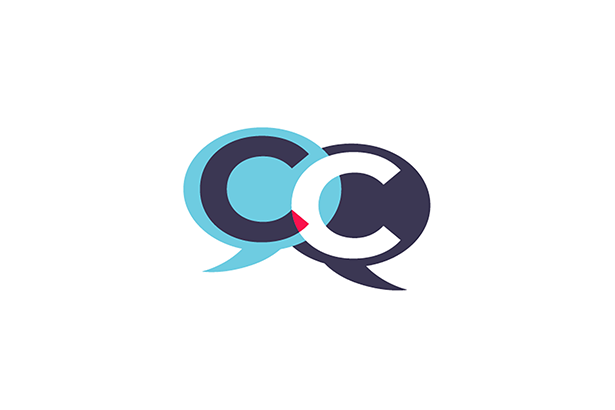Change management is an overarching but varied discipline, with many intricacies and complexities, as all of us in the field know all too well.
Often, when we think about change management, we tend to think that it’s a split discipline with separate ‘strands’; change in terms of transformative work and then change in terms of ongoing improvement. True, wouldn’t you say?
On the one hand, we have large scale radical transformation, like what we see in programme portfolios, targeting big operational and social impacts. These might have large scope and long (but defined) timeframes, whilst on the other hand we have continuous improvement, where smaller everyday changes over time make incremental change towards improvement goals, with an ongoing scope and progressive impact.
Do you often think of transformation and continuous improvement as separate entities? I think most people do. We might think as change professionals that we can specialise in one or the other but not both. Isn’t that right?
Well, we don’t have to see it that way!
Two ends of the same spectrum
In discussions recently around continuous improvement, I began thinking how in many ways (maybe all ways!) the two disciplines are two ends of the same change management spectrum and how they complement and feed into each other. I began reflecting. Surely, it’s really the scope and scale that differ, but the same aims and issues form the basis of both strands. I began to see that in many ways they are really the same! One is the ‘zoomed in’ view of close-up, everyday change and one is the ‘zoomed out’ view of wider change work!
So, how do the transformation and continuous improvement disciplines meet in the middle?
First and foremost, there is an absolute synergy in the aims and purpose of both the transformation and continuous improvement stands of change management, which are to:
- Improve service delivery and outcomes. In a public sector context this means making changes to service operations that invariably improve the lives of people in the community.
- Make the most of the resource. In the very same way, there is an undeniable mirroring in the ways in which both transformation and continuous improvement have the exact same aims to help organisations to make the most of the resources available to them and to apply them in the most efficient way possible.
Both disciplines aim to make change via the same ways; by transforming or continuously improving a varying application of organizational assets, such as infrastructure, equipment, processes, people, skills… the list goes on!
Does culture impact the efficiency of change?
Yes, and quite considerably too! The successful implementation of both transformation and continuous Improvement initiatives rely very heavily on organisational culture, and many of the catalysts and obstacles to change in both transformation and continuous improvement forms are shared. For both areas, the essential criteria for successful implementation are the same. For example, both require:
- strong leadership
- communication
- an open change culture
OK, so why do we think of them as different? Well, this lies in the scope and scale, and the resulting ‘feel’ of the work. Transformation often feels radical and intense, where continuous improvement feels incremental and progressive. Perhaps transformation is seen as being outside of Business As Usual (BAU), where continuous improvement is seen as being part of it? But in reality, we find instead that many of our transformation programmes have a heavy focus on transforming BAU activity, whilst much of the continuous improvement work we see is framed and influenced by surrounding transformation work. It’s all part of the same business ecosystem!
And this now, is how I think of it
Whilst speaking to a professional in the field recently, we talked about how transformation is about doing the right work, and continuous improvement is about doing the work right. I realised, these are two views on one and the same ambition.
I’m sure many of you can see it as I do, as two very interconnected disciplines with the same aims at heart, both achieving the same ultimate outcomes for service delivery.
To check out more of our work in both transformational change and operational change, take a look at our website and case studies on the work we do with our clients or complete our Change Readiness Assessment and get your free Change Readiness Report, which will assess the areas of people, clarity & purpose and taking action.
Our next Change Chat event on Collaboration and co-design is happening this Friday, March 18th @ 10am. Sign up today.
